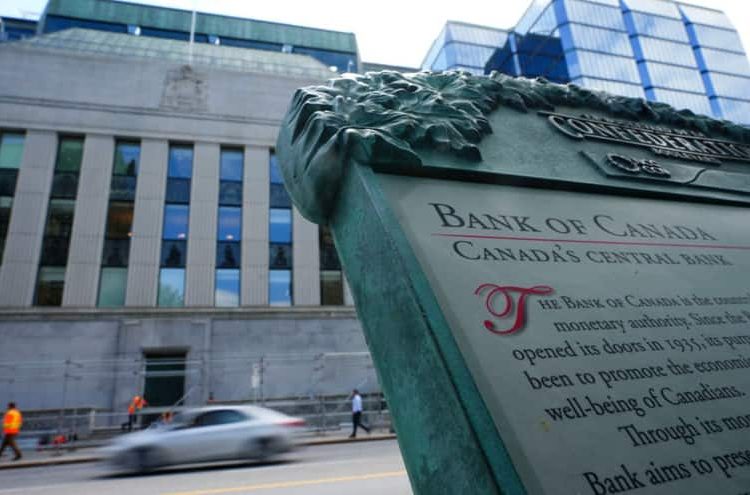With interest rates expected to hit a bottom this year, the Canadian Real Estate Association (CREA) anticipates a surge in demand from would-be homebuyers who have been waiting it out in hope of a better deal.
“The big assumption we have is that there is a record amount of demand out there on the sidelines,” said Shaun Cathcart, CREA’s senior economist and director of housing data and market analysis, in Wednesday’s press conference.
CREA forecasts an 8.6 per cent increase in transactions across Canadian MLS Systems compared to 2024.
Cathcart pointed to population growth and the fact that the biggest demographic cohort in Canada is currently people aged 25 to 35, who are more likely to be first-time homebuyers.
“The longer (buyers) wait, the risk is we’ll get … two or three years of demand all showing up three or four months from now.”
How the provinces are faring
Cathcart noted that Canadian real estate has been in a seller’s market for a while, since the lack of housing inventory in the country hasn’t changed.
“We went into hibernation, and we’ve been sitting in that seller’s market zone this entire time,” he said. “If you expect that to change overnight, it’s not going to, because housing cycles are long.”
Cathcart believes it won’t take much for buyers to come off the sidelines, but said that the CREA isn’t anticipating a return to COVID-19-era levels of activity, since interest rates aren’t going to be as low and prices are still much higher than they were before the pandemic.
In British Columbia and Ontario, which have a lot of inventory and relatively high prices already, he anticipates greater sales recovery but not much price growth unless buyers start flooding in and competition ramps up.
In the Prairies, on the other hand, where inventory is at a 20-year low and sales are record high, CREA doesn’t anticipate much change, apart from price growth. In the Eastern provinces, Cathcart said there’s room for both sales and price growth since there’s more housing inventory.
CREA predicted the national average home price will hit $722,000 in 2025, up 4.7 per cent from last year.
One major caveat that could hinder sales growth, Cathcart pointed out, is whether Canada enters into a trade war with the United States.
This could have major economic consequences, including potential job losses, making it harder for people to pay their mortgages and creating more uncertainty, which Cathcart calls “a huge housing market killer.”
Housing inventory outlook
The Canada Mortgage and Housing Corporation says Canada is still short 3.5 million housing units to address the supply gap, while the Parliamentary Budget Officer places this figure at 1.3 million.
Cathcart said the Conservative’s pledge to eliminate the GST on new homes sold for under $1 million could certainly help move the market, but declined to comment on whether they might cut other housing programs should they win the next federal election.
“Twenty years ago, we had a building boom in Canada. We were building a lot of homes for a long time, and more than half of them were traditional single detached homes,” Cathcart said. “The single detached home is basically now on the endangered species list in Canada.”
Cathcart said there’s been a massive explosion of purpose-built rental apartments instead, which fills a need for smaller households but doesn’t provide enough space for growing families.
“I think that ‘missing middle’ conversation is a huge one,” he said, emphasizing that there’s a need for more off-site construction and new technologies to spur new builds.
This Article is courtesy of the Financial Post



